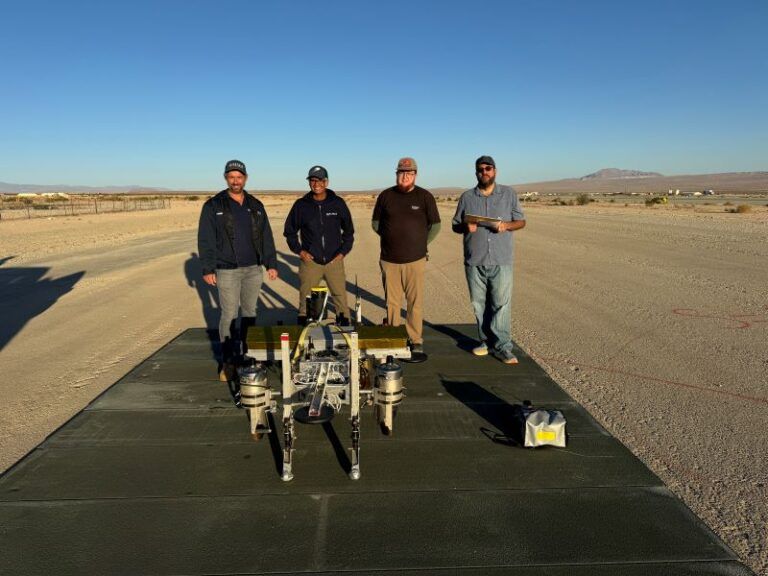Mayman Aerospace has completed successfully flown its Razor unmanned drone at a military base in the Southern California desert.
The protoype is the same dimensions and weight as the final Razor P100 drone will be and uses the same propulsion, engine gimballing, thrust vectoring and flight control systems.
A program of fully autonomous flights tested avionics, thrust vectoring mechanisms, flight control laws, software, and command and control. The flight tests also enabled early verification of operating procedures.
This latest series of tests focused on the transition of the engines from a hover mode into high-speed winged forward-flight.
The Razor VTOL is designed to deliver critical supplies in challenging environments. The aircraft can also be used to extend the range of air-to-air or air-to-surface missiles such as Brimstone or Hellfire, delivering them over 200 miles. The aircraft deploys the missile for final target acquisition, enhancing the reach and precision of the missile systems.
Razor is launched vertically without a launch system or infrastructure. According to Mayman Aerospace the drone can also be used for ISR, target designation and drone and cruise missile interceptor.
Engineers at Mayman aim for the drone’s top speed to be around 500mph (800km/h). Manufacturing and sales of the P100 is planned to begin in 2025.
David Mayman, founder and CEO of Mayman Aerospace said, “Our recent flight tests were 100% successful and we are confident Razor will reach speeds greater than 450kts.
“As a multi-role, dual use technology Razor is already changing the way defense commanders and civilian leaders are thinking about autonomous VTOL applications. We are a software-driven, hardware company and our team is achieving performance levels once only dreamed about. We are super excited about the next set of flight tests later this year.”
Dr Manu Sharma, chief engineer at Mayman Aerospace said, “In these flight tests we flew seven autonomous mission sets and all systems worked perfectly as planned.
“The primary objective was to validate recent flight-software and control-law updates, with particular attention to the change from hover mode with the engines canted outwards from the aircraft center, to transition mode with all engines canted in the same direction, which is required to get us into winged flight. It is also a benefit to get additional autonomous flight time on the vehicle, take-off and landing in particular, to increase our confidence in the system as a whole.”





